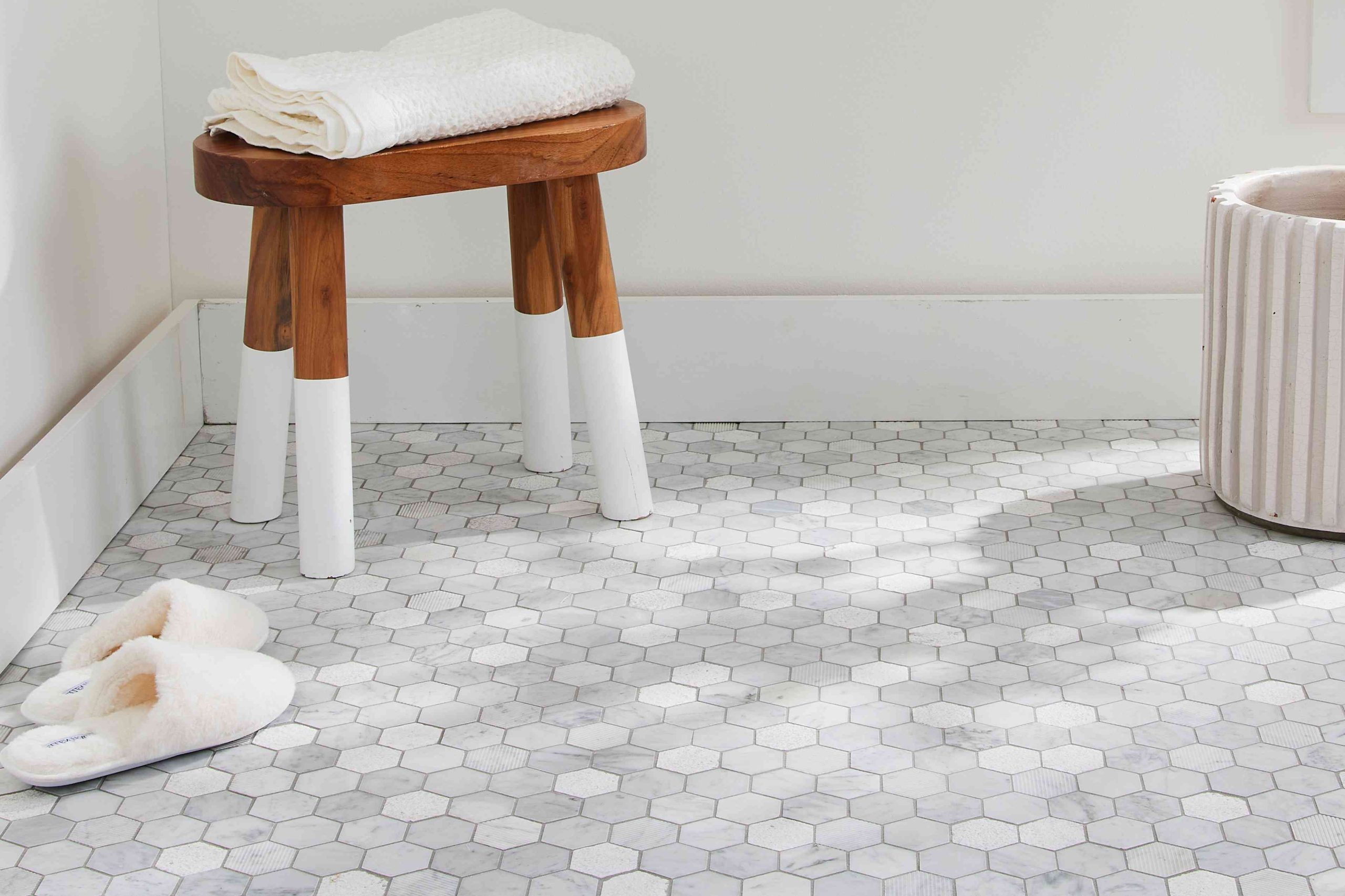Ceramic tiles are among the most versatile and widely used materials in both residential and commercial flooring and wall applications. Known for their durability, aesthetic appeal, and low maintenance, they’re a go-to option for kitchens, bathrooms, hallways, and even outdoor spaces. But not all ceramic tiles are the same. Understanding the different types can help you choose the right one for your project.
A wide variety of choices—such as those offered by Club Ceramic tiles—make it easier than ever to find the perfect balance of form and function. Below, we explore the main types of ceramic tiles, their unique properties, and where they’re best used.
1. Glazed Ceramic Tiles
Glazed ceramic tiles are coated with a layer of liquid glass before being fired in a kiln. This glazing process gives them a sleek, polished look and adds protective benefits.
Key Features:
- Available in glossy, matte, or textured finishes
- Highly resistant to stains, moisture, and scratches
- Easy to clean and maintain
- Wide color and design variety, including printed patterns
Best For:
- Kitchens, bathrooms, backsplashes, and walls
- Low to medium traffic floors when using matte or slip-resistant finishes
2. Unglazed Ceramic Tiles
Unlike glazed tiles, unglazed ceramic tiles are solid in color and not coated with a glassy finish. They have a more natural, earthy appearance and are often used for their slip resistance.
Key Features:
- More slip-resistant than glazed tiles
- Wear and chipping are less noticeable due to uniform color
- Require sealing to prevent stains and water absorption
Best For:
- High-traffic areas like entryways or mudrooms
- Outdoor applications when frost-rated
3. Porcelain Tiles (a Type of Ceramic)
Porcelain tiles are technically a type of ceramic but are made with more refined clay and fired at higher temperatures, making them denser and more water-resistant.
Key Features:
- Extremely durable and long-lasting
- Low water absorption—ideal for wet areas
- Available in polished, matte, and textured finishes
- Often designed to mimic natural stone, wood, or concrete
Best For:
- Bathrooms, kitchens, and outdoor areas
- Commercial spaces due to their durability
4. Mosaic Tiles
Mosaic ceramic tiles are small tiles—often 1–2 inches in size—arranged in sheets for easy installation. They come in various shapes, colors, and materials, and add decorative flair.
Key Features:
- Ideal for intricate designs and accent walls
- Available in patterns and mixed materials (e.g., glass + ceramic)
- Come pre-mounted on mesh sheets for simpler installation
Best For:
- Backsplashes, shower floors, borders, and wall art
- Small or awkward areas that require design flexibility
5. Terracotta Tiles
Terracotta ceramic tiles are a type of unglazed ceramic known for their rich, reddish-brown hue. They offer a rustic, warm appearance that suits Mediterranean and farmhouse styles.
Key Features:
- Natural, earthy color and porous surface
- Need sealing to prevent water damage and staining
- Can wear over time for a vintage look
Best For:
- Indoor spaces where warmth and style matter
- Covered outdoor patios with proper sealing
6. Wall vs. Floor Ceramic Tiles
It’s also important to distinguish between wall and floor ceramic tiles. While they may look similar, wall tiles are usually:
- Thinner and lighter
- Not rated for foot traffic
- Designed purely for aesthetic application
Floor tiles, on the other hand, are built to withstand weight and abrasion, making them suitable for walking surfaces.
Conclusion
Ceramic tiles offer a world of design and functionality options, but knowing the different types is essential to choosing the right tile for the right space. Whether you’re looking for moisture resistance, slip-proof surfaces, or decorative appeal, there’s a ceramic tile tailored to your needs.


